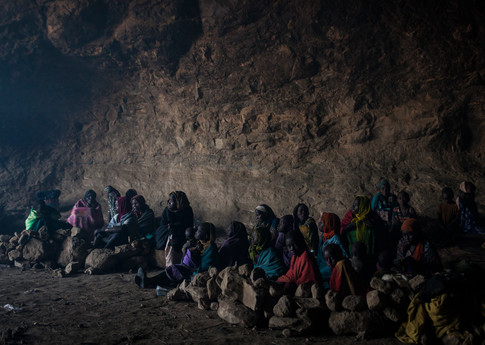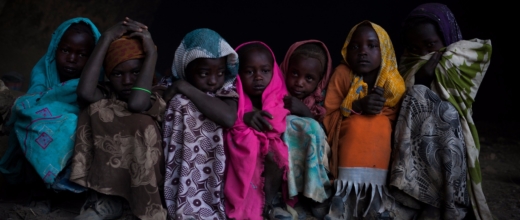The Sudanese government is inflicting unspeakable human suffering on its own people.
Amnesty International has gathered harrowing evidence strongly suggesting the repeated use of chemical weapons against civilians, including very young children, in Jebel Marra – one the most remote parts of Darfur.
The effects of these chemicals on the human body are gruesome and frequently fatal.
Based on testimony from caregivers and survivors, Amnesty International estimates that between 200 and 250 people may have died as a result of exposure to chemical weapons agents. Many – or most – are children.
Amnesty International’s investigation found that at least 30 suspected chemical attacks have taken place so far this year. The most recent was on 9 September.
It is time to expose the harrowing human rights violations taking place in Jebel Marra to a world that has so far ignored them.
Babies screaming with pain before dying, young children vomiting blood. The images we have seen are truly shocking.
Tirana Hassan, Amnesty International’s Director of Crisis Response
Damning evidence
Independent chemical weapons experts said Amnesty International’s findings suggested exposure to chemical warfare agents.

Deadly effects
It is hard to exaggerate just how cruel the effects of chemical weapons are when they come into contact with the human body. Those exposed to the chemicals developed symptoms reported to include:
- Bloody vomiting and diarrhoea
- Blistering and rashes on skin that hardened, changed colour and fell off
- Eye problems including complete loss of vision
- Respiratory problems (which appeared to be one of the most common cause of death)
The vast majority of survivors of the suspected chemical weapons attacks have visited no formal medical clinics and had no access to adequate medical care.
The smoke was initially black, then it turned green. It had a nasty smell as if something rotten was mixed with chlorine.
Khalil, attack survivor
The Darfur crisis in numbers
WARNING: GRAPHIC IMAGES

Ignored by the world
Scorched earth, mass rapes, killings and bombs. The war crimes being committed in Jebel Marra are the same as those seen in 2004, when the world first woke up to what was happening in Darfur. The region has been stuck in a catastrophic cycle of violence for more than 13 years and little has changed.
It is time for the UN Security Council to increase pressure on the Sudanese authorities to ensure that peacekeepers and humanitarian agencies are allowed to access remote areas such as Jebel Marra. There is also an urgent need to investigate the use of chemical weapons.
The world’s response to the crisis in Darfur has been utterly deplorable. It cannot continue to avert its eyes in the face of such immense human suffering.

